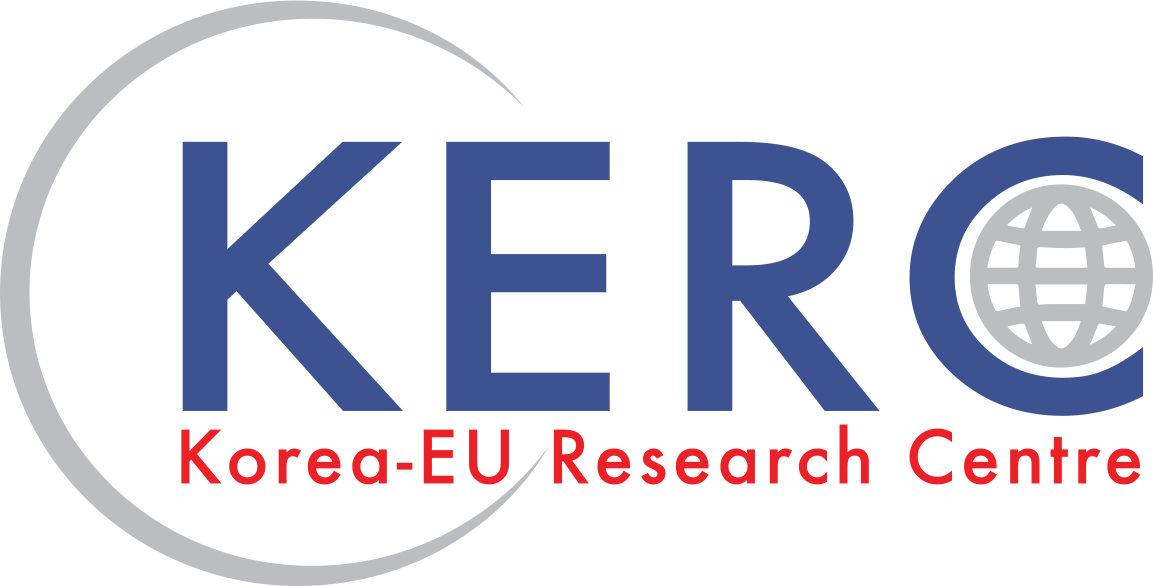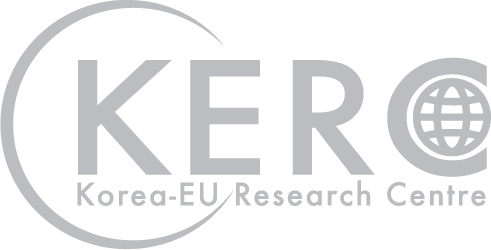Technologies for the storage and transportation of liquid hydrogen will be demonstrated in a regulation-free zone located in the northeastern province of Gangwon.
Through the demonstration, South Korea will accelerate the commercialization of technologies for the production, storage, transportation, and utilization of liquid hydrogen.
Liquid hydrogen, created by pressurizing hydrogen vapor, has about ten times more energy density than the vapor state. The liquid state is more efficient and more stable when transported. Liquid hydrogen requires cooling equipment and cryogenic containers as hydrogen stays in the liquid form at a temperature of about minus 253 degrees Celsius (minus 423 Fahrenheit). In South Korea, the development of technologies related to liquid hydrogen was slow as there were no laws and regulations regarding the production and storage of hydrogen in a liquid state.
"We had big limitations in the development and commercialization of technologies related to liquid hydrogen because there were no standards. The demonstration will become an opportunity for the domestic liquid hydrogen sector to take a step forward," Kwon Hye-rin, a startup ministry official, said in a statement on July 11. The Ministry of SMEs and Startups will work with Gangwon Province to build a new base infrastructure for the country's entire liquid hydrogen industry using local infrastructures including a liquefied natural gas (LNG) production base in the eastern port city of Samcheok.
Using titanium and other metals, the startup ministry will manufacture drones, medium and large capacity containers, tanks, and tank trucks that can withstand the cryogenic condition of liquefied hydrogen. Safety verification on insulation, corrosion, and boil-off gas standards will be carried out. The ministry said that additional projects such as the production of liquid hydrogen, charging stations, and drones will be carried out by the end of 2022 after setting up safety standards with related agencies.
Liquid hydrogen is essential in a government campaign to expand the use of fuel cells. In May 2021, KOGAS tied up with GS Caltex, a major domestic refiner, to establish a hydrogen value chain and build a liquid hydrogen plant with an annual production capacity of 10,000 tons by using waste cold energy generated from the regasification of LNG.


